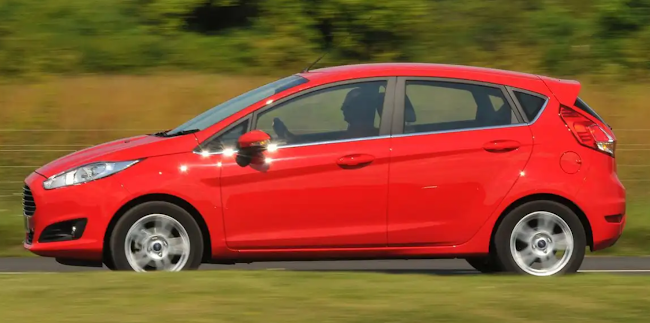10 Things to Look For When Buying a Used Van
Unlike a new van that is fresh from the factory and backed by an extensive warranty, used panel vans for sale will have typically travelled thousands of miles over several years.
No matter what type of panel van you are looking to buy - you can boost your chances of getting great value for money by carrying out ten basic checks.
1. Bodywork
The most important thing to check on a van’s bodywork is rust. Rust is most obvious on wings, sills and below bumpers, but it can also be found under the wheel arches, around the door frame and at the corners of the windscreen. If you find rust, press on it gently. If you hear cracking sounds, there may be corrosion below.
2. Suspension
Pushing down on each corner of the van should give you some indication of the state of its shock absorbers. If the van bounces once and then returns to its normal position, the shock absorbers should be fine. If you have any concerns about the suspension, a test drive will help you to confirm your findings.
3. Lights
The lights can hint at a van’s overall electrical health if they are dimming or flickering oddly. Think twice about purchasing a van if its brake lights, headlights, fog lights, indicators and interior lights are not working properly.
4. Air-conditioning
Assuming the van has air-conditioning, it is important to ensure that it works, and works properly. The fans should operate on all speeds, and the air-conditioning compressor should not be too noisy. Once you have checked the air-conditioning, perform similar checks on the van’s heater.
When taking used vans out on the roads, find a safe, straight piece of road on which you can test out the brakes. A brake test will help you to determine whether the brakes have a solid feel and whether you stop in a straight line. When testing the brakes, listen out for squealing or grinding noises.
6. Tyres
Tyres are the only point of contact between a van and the road. It is for this reason that it is important to check the treads and sidewalls on each of the tyres in turn, including the spare. A tread of less than 1.6mm is illegal in the UK. The sidewalls of the tyres should be free from damage and bulges. Uneven wear suggests steering, tracking or suspension issues.
7. Engine
A van’s bonnet should be cold before you start the engine. If the bonnet is warm, this means that the engine is warm, which could be a sign of a problem. When you start the engine, check for signs of excessive smoke and listen out for any unusual noises.
8. Steering
The steering of a used van should be responsive, with no free play. If the steering is vague, this may not be a sign of low or high tyre pressures.
9. Interior
Checking a used van’s interior is just as important as checking the exterior. When you sit in the van, ensure that the windows and in-car electronics function properly. Look at the dashboard and ensure no warning lights are present – an illuminated engine management light can spell trouble. Check that the seatbelts and locks operate correctly. A van is not road legal without working seatbelts.
10. Paperwork
When purchasing a used panel van - you should also ask to see a full service history, with receipts for any work carried out. If you search for a van through a reputable used car dealership, such as Group 1 Cars, you can rest safe in the knowledge that they will carry out these checks on your behalf.
Article source: https://tenacioususedcars.tumblr.com/post/188793859854/unlike-a-new-van-that-is-fresh-from-the-factory


Comments
Post a Comment